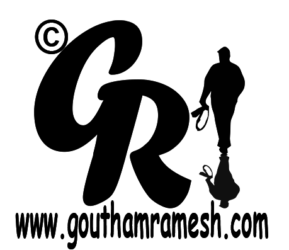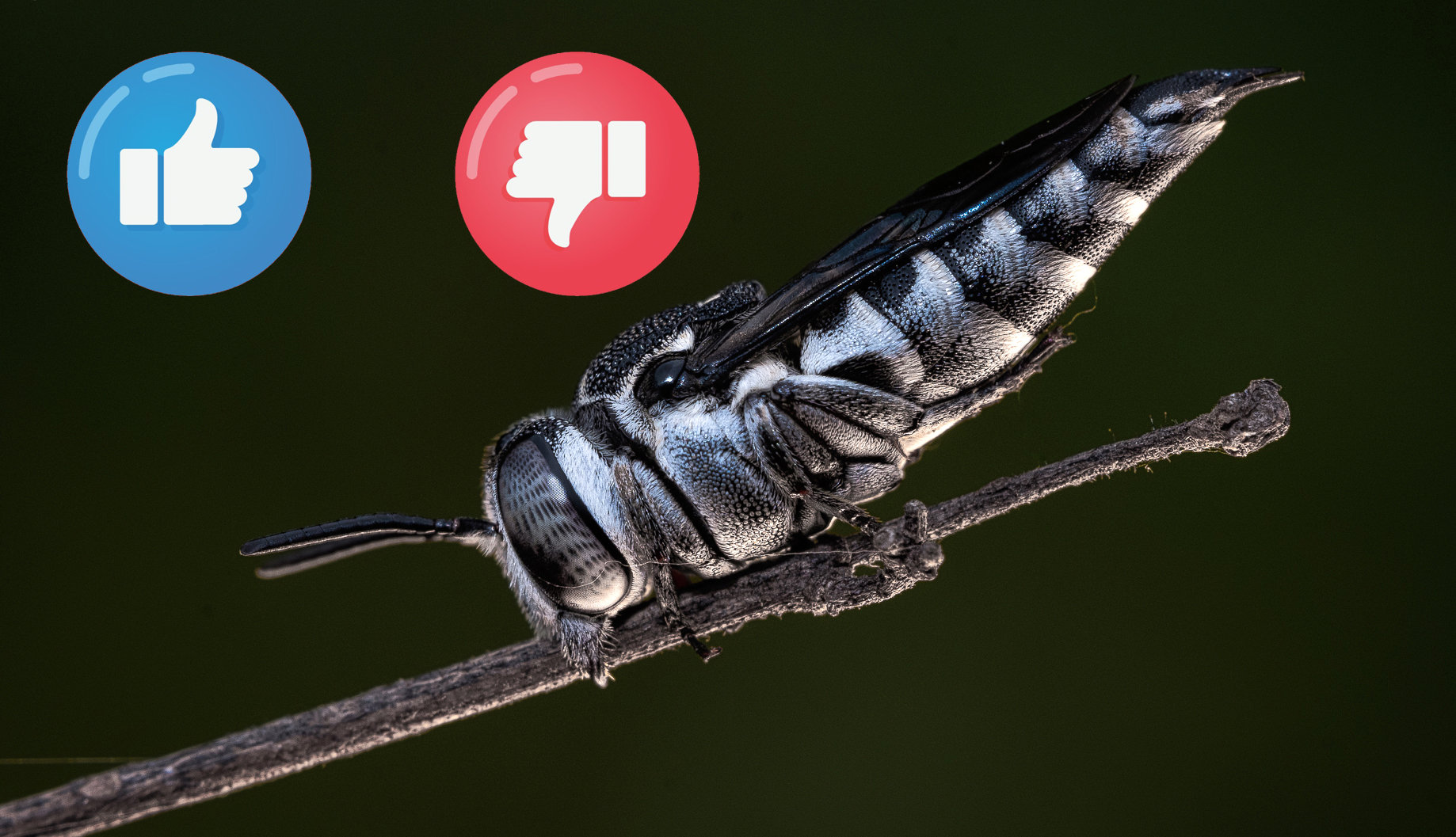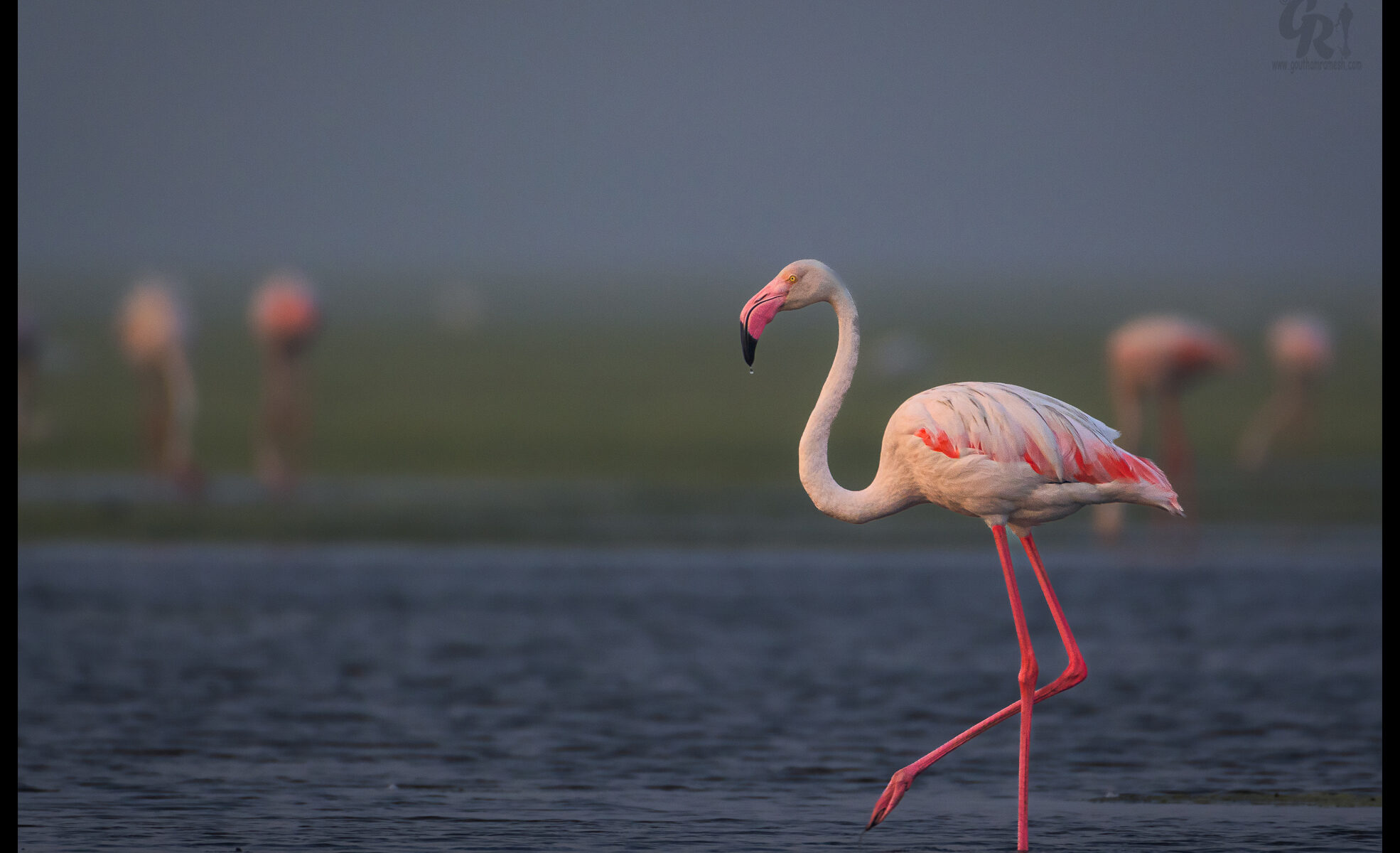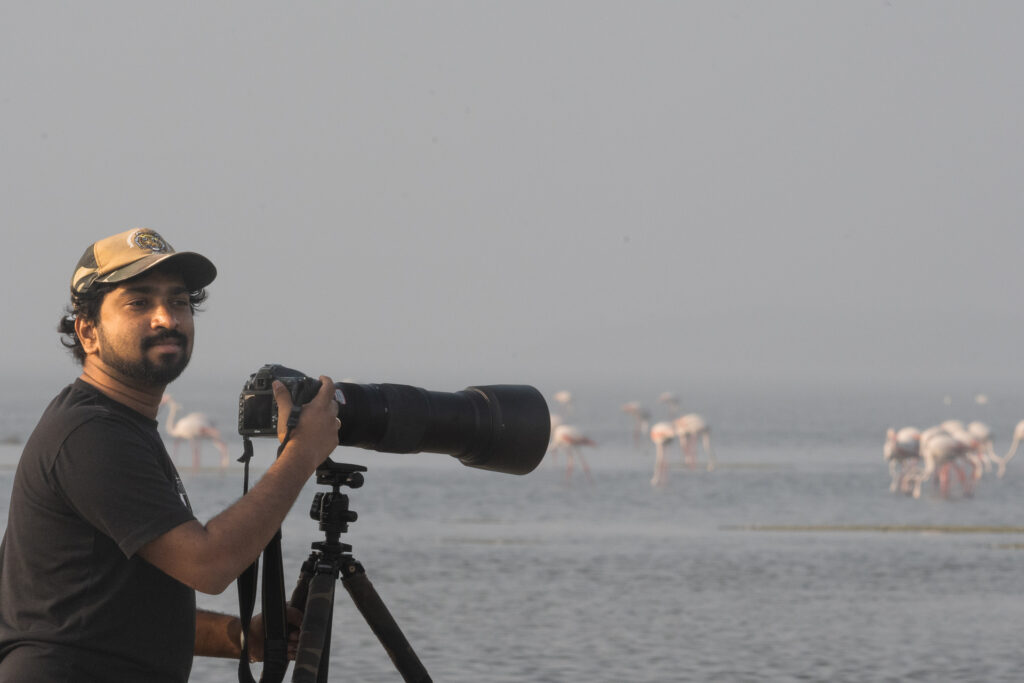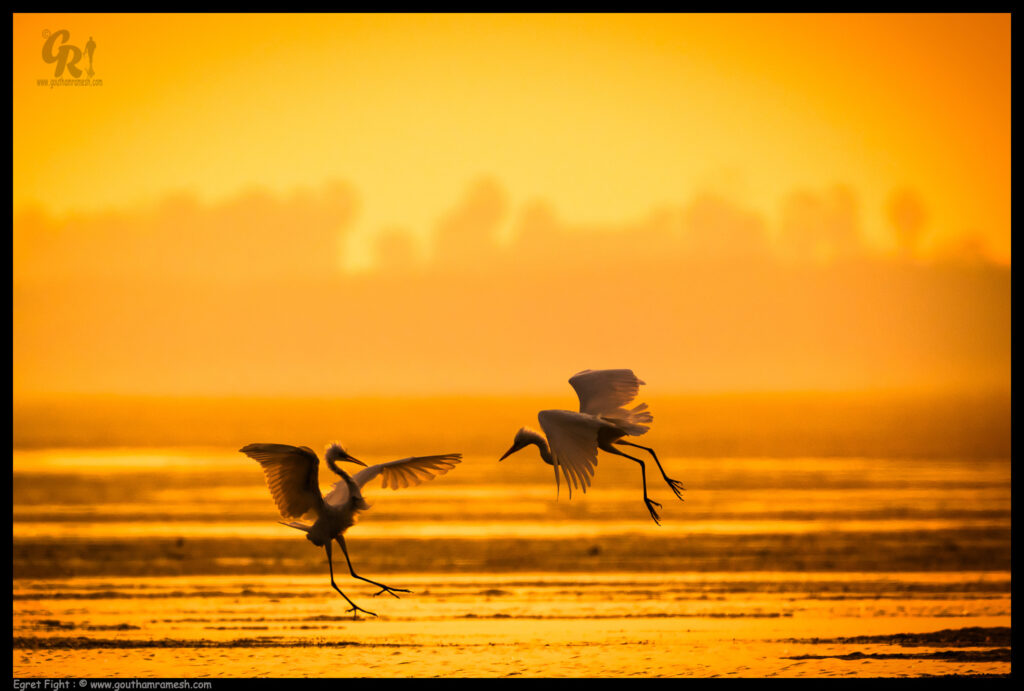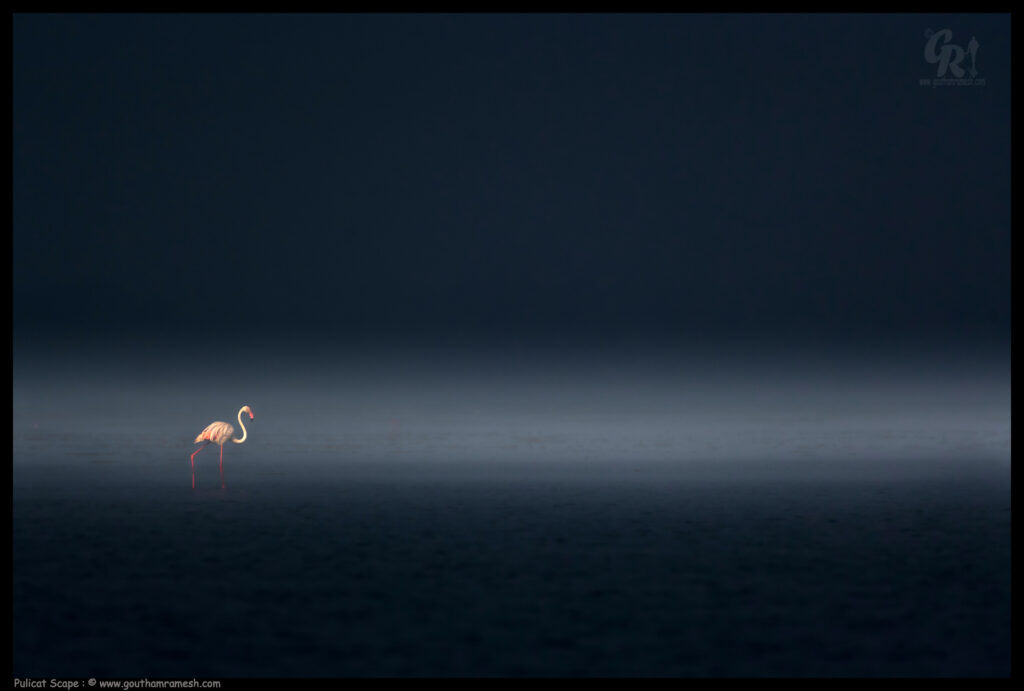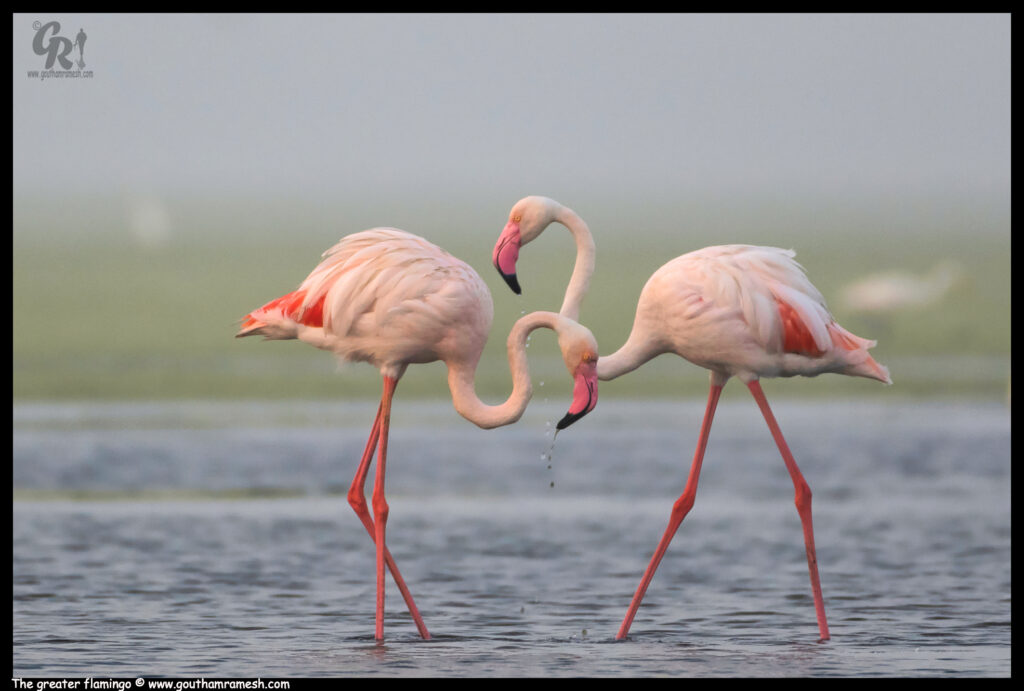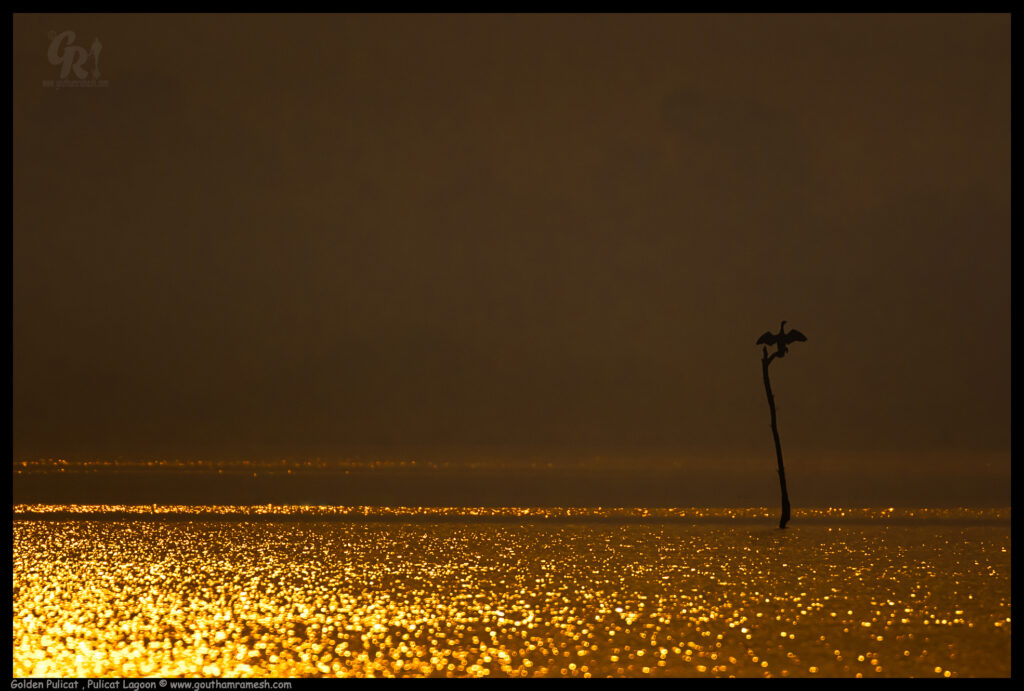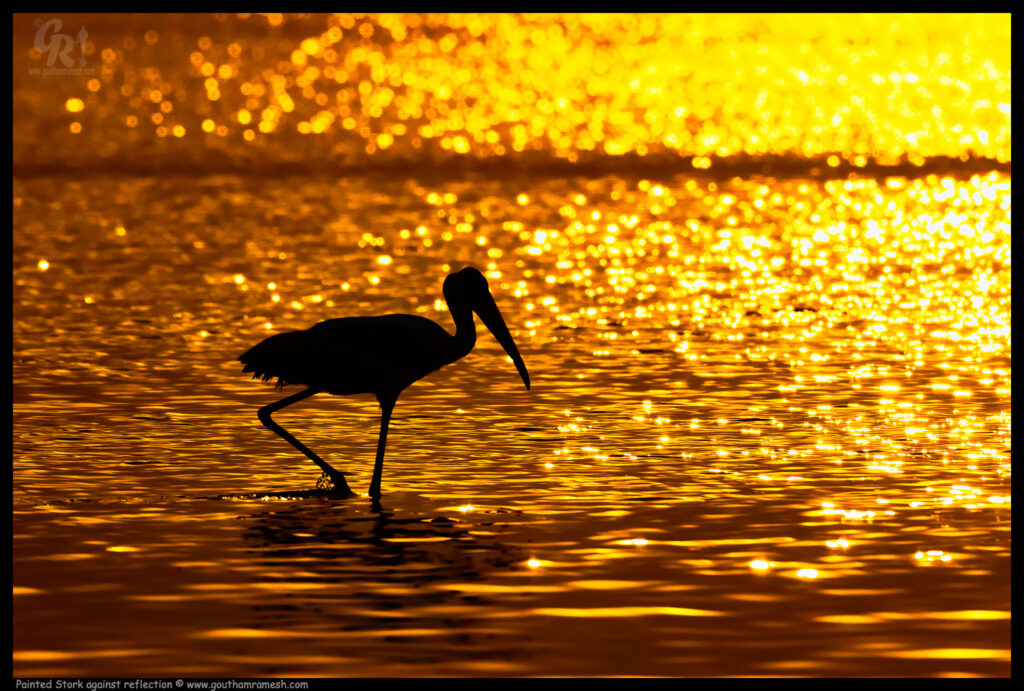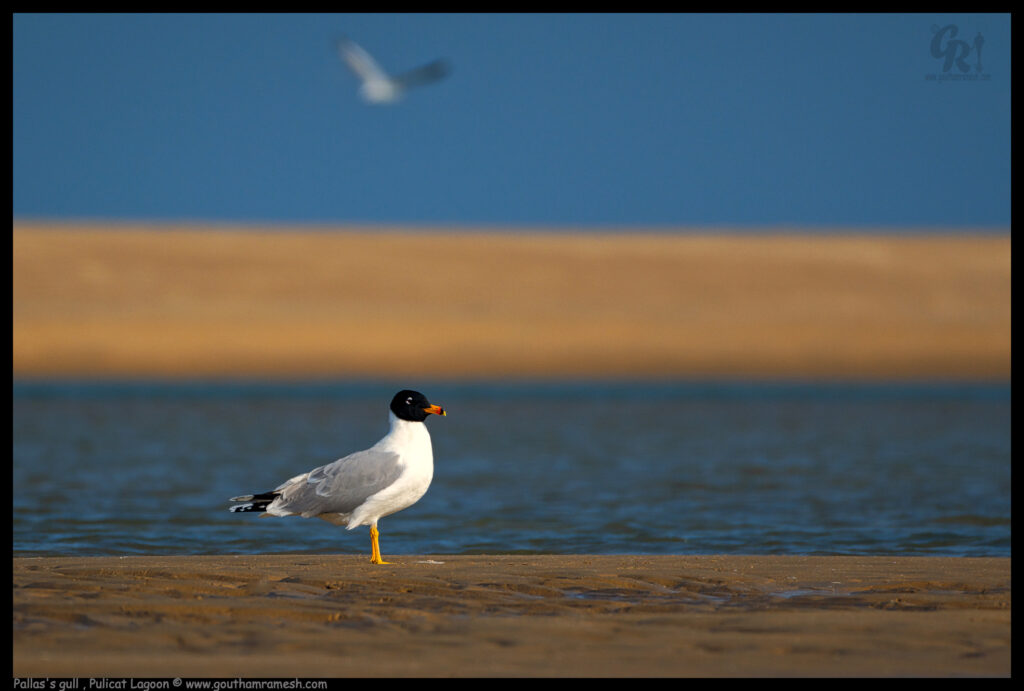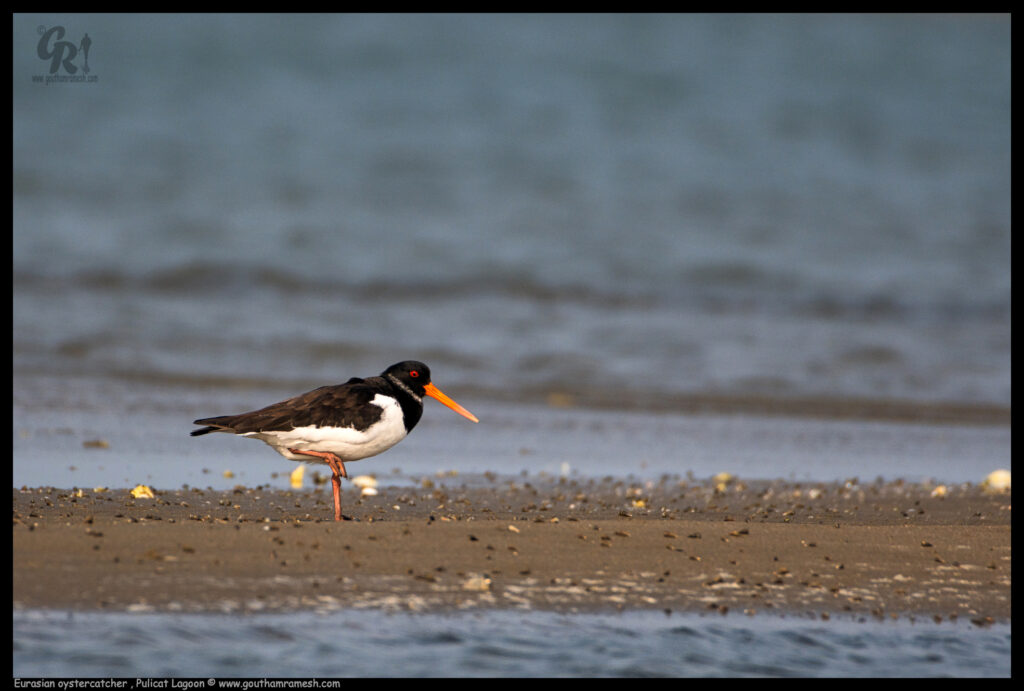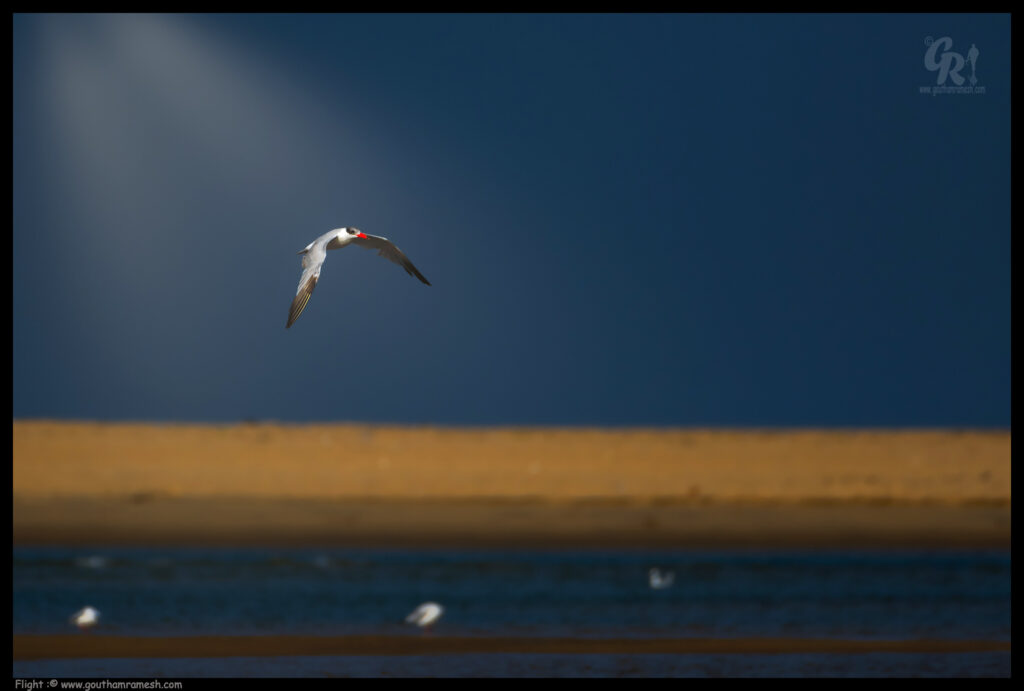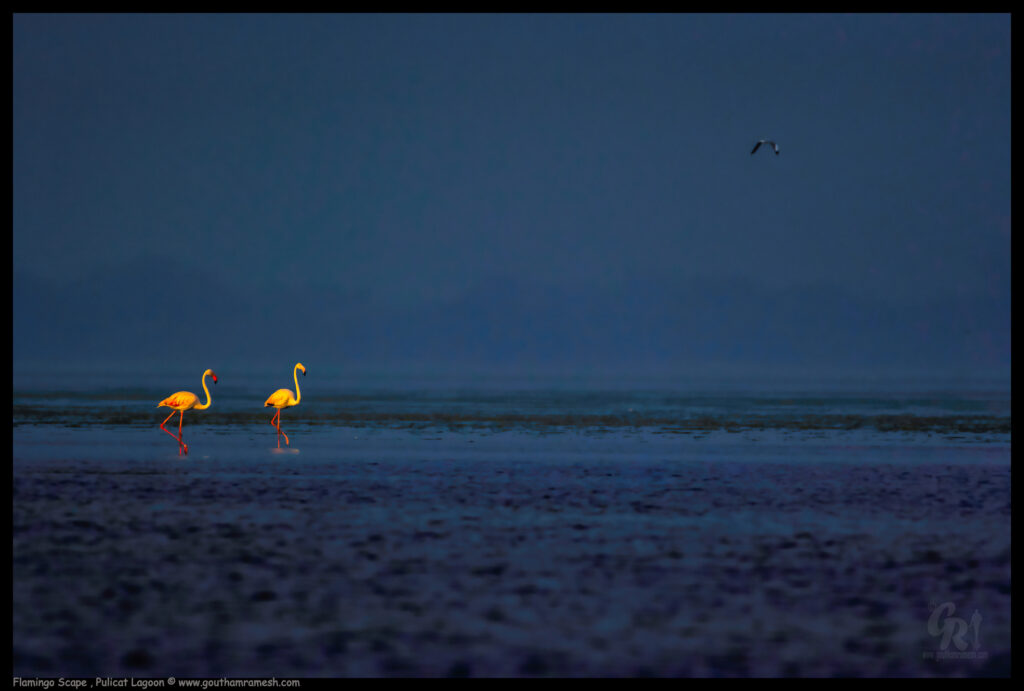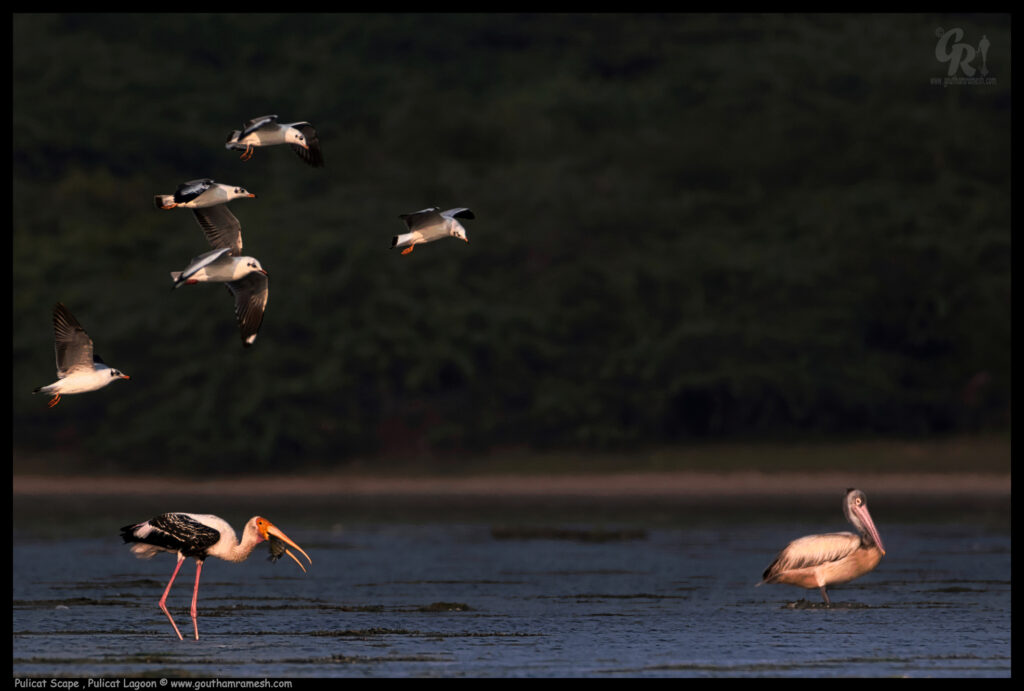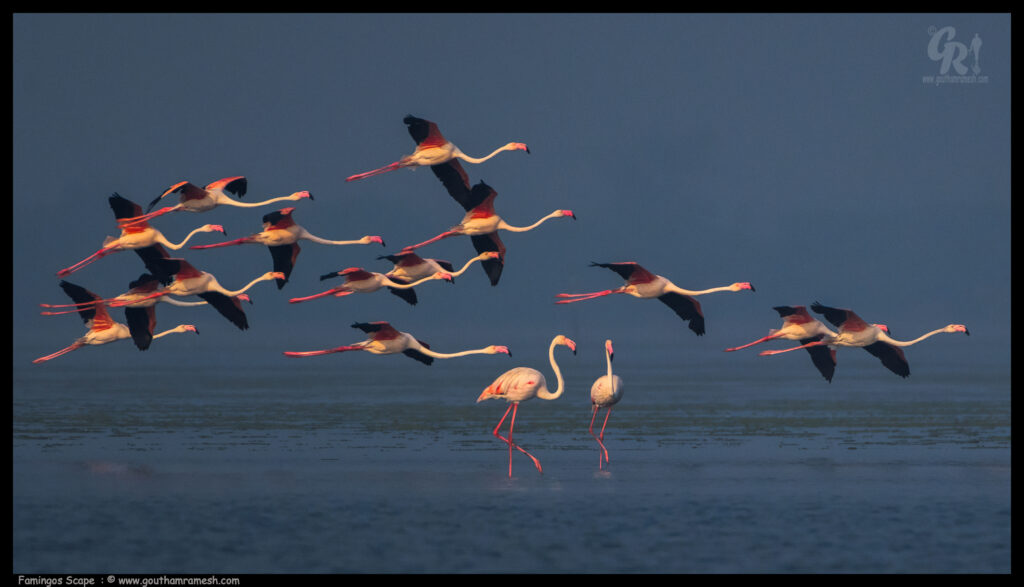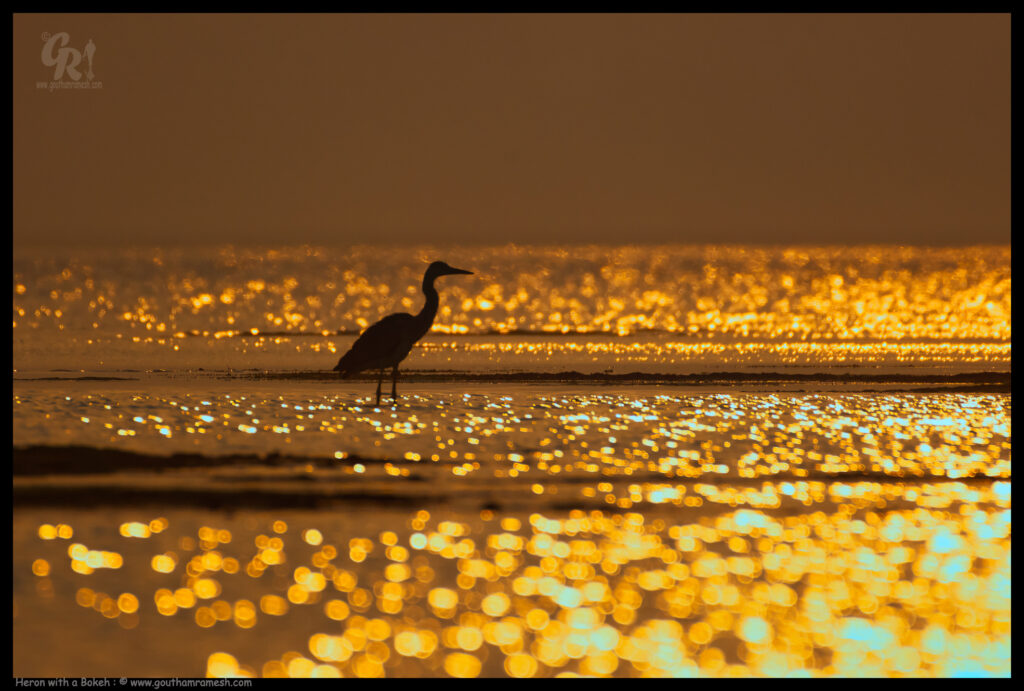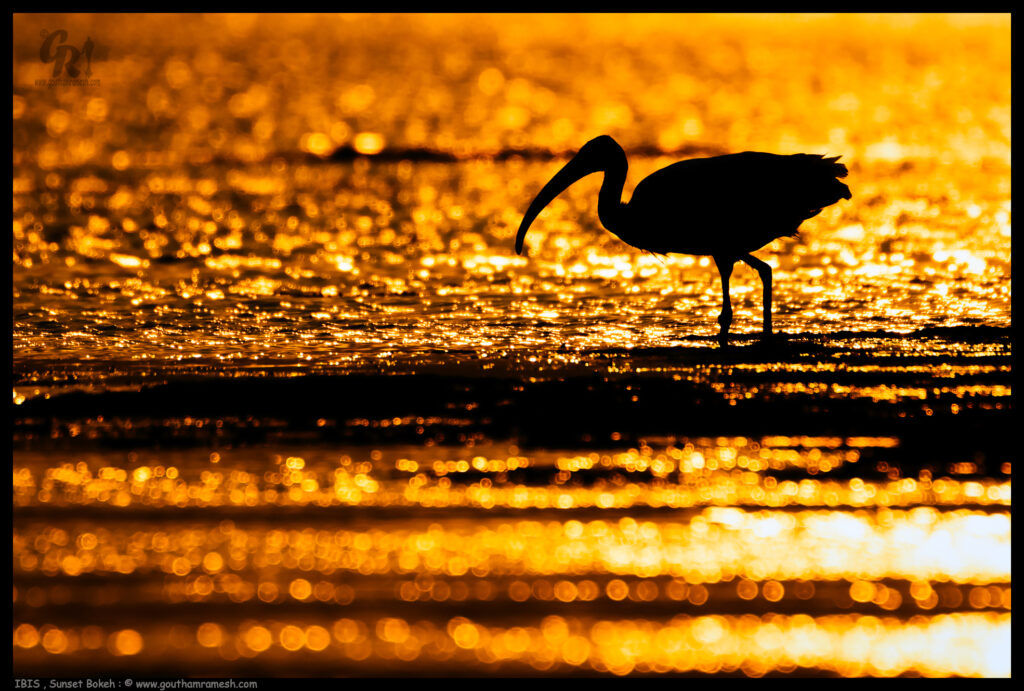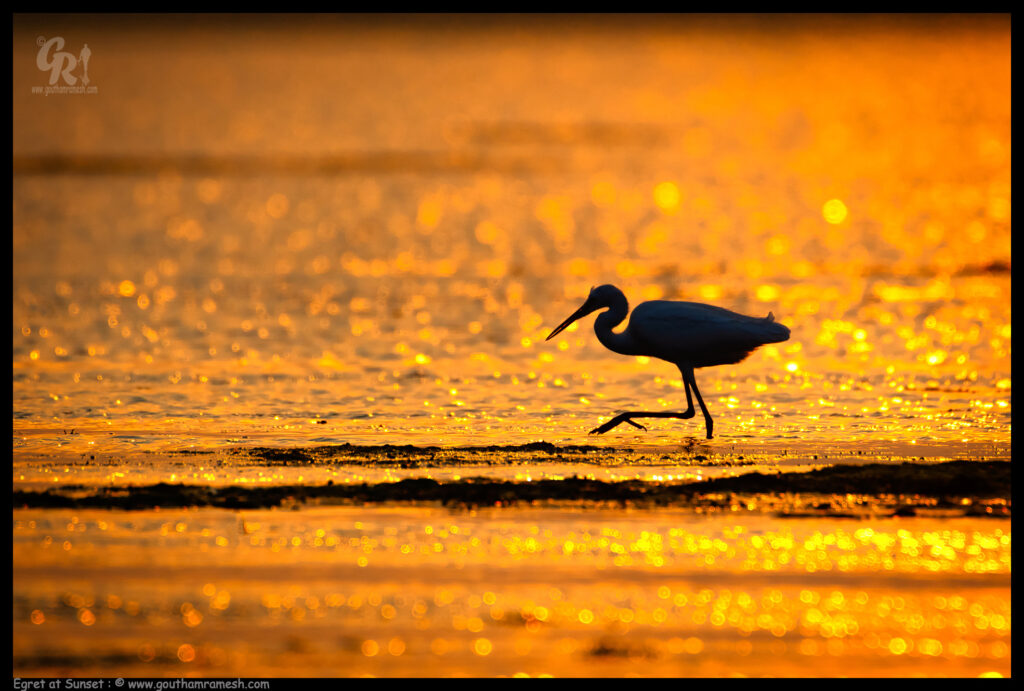I have been a creator and moderator of a photo critique and sharing platform called CPA (https://creativephotoartist.org/) for last 14 years and the whole idea was to create a platform for photographers to share images and comment on them constructively. While the site has seen its good and bad days the whole crux of the platform was to provide a critique on the images and this made me wonder what is the best way to critique an image. This write up is all about science and art of image critiquing.
In photography, we have use the term “photo critique” to judge an image and provide feedback to the photographer about that image!
Now, “judge” may be a strong word to use, but the term simply implies that we create a conclusion about something based on a standard. Now what is that standard there must be basis for that standard and what should be the basis for that judgement?
In art forms which photography is one such form it becomes a subjective issue and we can’t keep subjectivity out of it and the same picture might be judged differently by different people. Some may critique based on technique and technicality, whereas others may use intuition. A few more will use pure bias or feelings, and there are those who will even critique based on their favourite colour. If we want to provide critique effectively, it’s good to be aware of what you’re using as your standards of judgment, even if they’re subjective.
Is there a method?
Yes there is a method for giving critiques as well as receiving it and I will list out some of them.
For the critic:
First understand why you are giving a critique, here intention matters: Most of the time the author would have posted an image not only to get the viewers impression of it also to get the advice from the viewer with respect to what it means to him and how a picture can be improved. So the first intent of a person giving a critique should be as constructive as possible and explain what the pictures conveys to him and how it can be improved. Great care must be taken to avoid misunderstanding and sarcasm ( we see this a lot) , please do understand photography more or less in art form is a personal feeling, Sarcastic comment or a poorly written comment can be concluded as an assessment of the photographers ability (or lack of it) and it also reflects poorly on the critic as a person.
Some tips:
- Study the image technically as well as aesthetically and take your time to understand the reasons behind the shot. Also consider asking these questions “What works? and “What does not work ?).
- Analyse the image based on fundamental areas ( camera knowhow, composition, lighting, visual storytelling, subject selection, post-processing, and specific areas of study).
- After studying the image , list out the technical and aesthetic qualities of the image that appeal and also that do not appeal.
- Start the critique by writing what you like about the image. It is a misconception that a critique should only nitpick.
- List out the technical and aesthetic qualities of the image that needs improvement.
- Whenever possible offer suggestions and improvements.
Points to avoid:
- Sarcasm: Being sarcastic and taunting is a strict NO. it indicates a person with high ego and narcissistic mentality and it’s of no use to the author.
- Personal comments: Avoid making personal comments on the author; an image is not an reflection of a person. In civilized world personal attacks and comments do not hold any value and will undermine your intent.
For the Photographer:
Let us also discuss how we should receive a critique. First understand receiving a critique is all about learning and it’s feedback to improve.
Points to consider:
- Do not post images and expect only affirmation (Great Image , Lovely etc. ).
- Respect the person who is critiquing the image, after all he is taking his time to critique an image.
- Leave your EGO behind: we are humans and sometimes critiques can hurt your ego especially if it is negative feedback given by someone who you do not like or whose work you do not appreciate! Please remember every viewpoint is important to improve, photography is a viewer’s art, and every view should matter.
- Study the critique and do the following:
- What does the feedback tell me about what I can improve on?
- Based on what I need to improve on, what specific skill in photography do I need to learn more about?
- Ask questions if you do not understand and seek help
- There might be times where you do not agree, do not get into arguments take it sportively.
- Remember no comments is worse than negative comments.
- Get sociable.
Credits
https://www.naturephotographers.network/the-art-of-image-critique/
https://photzy.com/learning-the-art-of-effective-photo-critique/
Thanks if you like the blog, you can leave a comment at Home Page
Cheers

